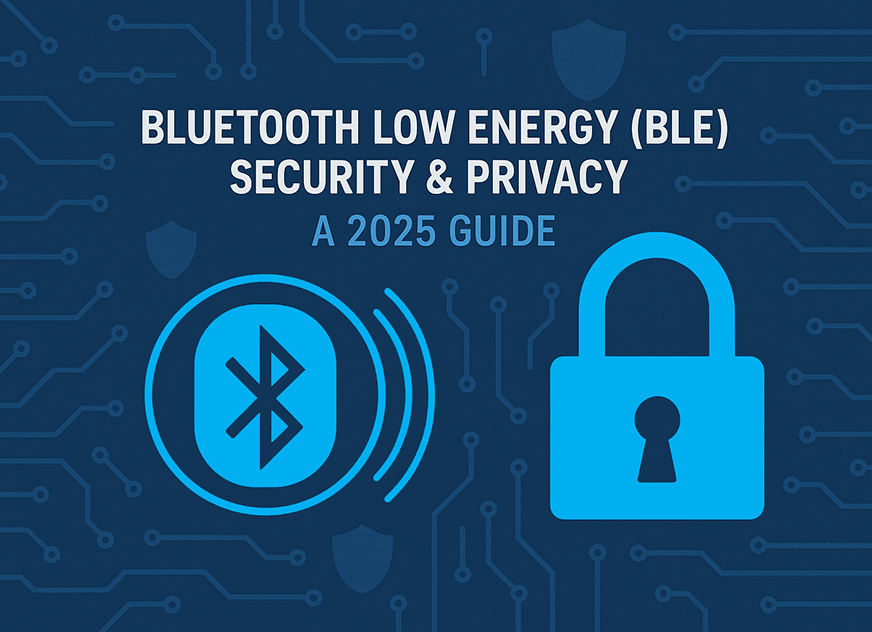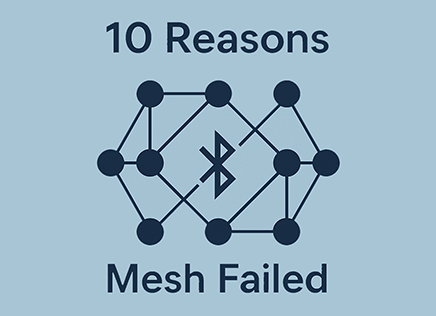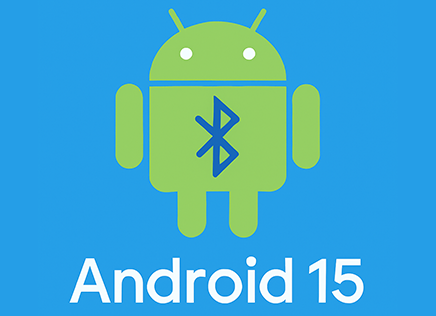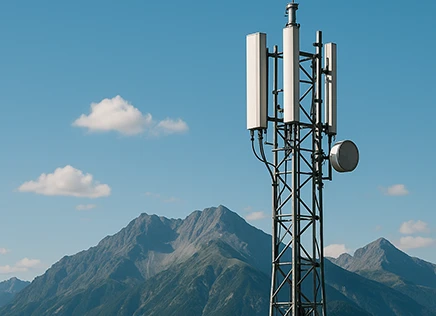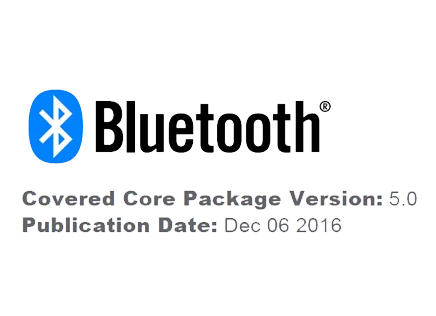
After two years since the last Bluetooth 4.2 specification, the Bluetooth SIG has just released the Bluetooth 5.0 specification (they removed the v and just want to call it 5.0, not v5.0). This new specification takes an already great wireless standard to a new level, so let’s take a look at each one of the new features:
2Mbps PHY
BLE came out in the Bluetooth v4.0 specification with the standard 1Mbps PHY, but Bluetooth 5.0 enables a new 2Mbps PHY which essentially doubles the throughput. As we’ve been seeing more and more, products are looking for more throughput to speed up large transfers. Things like large amount of sensor data, or firmware updates, and even potentially audio need more throughput than the 1Mbps could provide, and the new PHY enables much better user experience and opens the door to new applications.
It’s important to realize that 2Mbps also adds some more testing complexity, requires new testing equipment, and requires a better signal which means somewhat shorter range. Despite this, plenty of products will be able to take advantage of this. Note that the 2Mbps PHY is an optional feature, so not every device need to support it though most will as time goes on.
LE Coded PHY – LE Long Range
While some products are looking to increase their throughput, others need a lot more range. To address these use cases, the Bluetooth 5.0 specification adds an optional Coded PHY. Coding means to add redundant bits that allow improved packet recovery from errors. LE Coded PHY uses the same 1Mbps PHY, but bits in the packet are used as redundancy, resulting in an effective data rate of 500kbps and 125 kbps, referred to as S=2 and S=8 coding schemes respectively. This allows for an increase in range of roughly up to 4x, which takes BLE well beyond the short range it initially was designed for.
As always, the Bluetooth SIG is adding features to help address emerging use cases that make sense for Bluetooth devices.
LE Advertising Extensions
Bluetooth LE originally supported advertising on channels 37, 38,and 39. Bluetooth 5.0 introduces many new advertising PDUs (Protocol Data Units, or packet types) and capabilities.
The main change is new advertising capabilities where advertising can be done on the rest of what used to be data channels. The original 3 advertising channels can become congested, and for products that are heavy on using advertising to send data, leveraging the rest of the channels that will experience less contention. The original advertising is now referred to as Legacy Advertising.
Another addition is a feature called Periodic Advertising and it is more efficient because the advertisement is sent only once for every advertisement event and without the random delay that is previously introduced. This means lower power as opposed to transmitting on the 3 legacy advertising channels because the two devices are synchronized.
The new extensions also allow advertising packets to be up to 255 bytes long and even chained together to allow up to 1650 bytes of data to be transferred.
As an addition to Legacy advertising, the minimum Advertising Interval is now allowed to go down to 20ms to allow for quicker response to packets such as from beacons.
Channel Selection Algorithm #2
Bluetooth LE uses Adaptive Frequency hopping (AFH) to help avoid interferers. This was done using an algorithm now referred to as Channel Selection Algorithm #1. This algorithm was problematic because it essentially produced only 12 different sequences and it ended all the packets would use the same channel in a connection event. This ended up being problematic for applications like audio that require better channel selection.
This new channel algorithm results in essentially pseudo-random channels that help BLE perform much better. This is a feature that essentially should always be enabled.
Summary
The Bluetooth SIG jumped from Bluetooth 4.2 to 5.0. This numbering change corresponds to the magnitude of updates in the spec. Adding new PHYs, updating Advertising, and other features take Bluetooth Low Energy towards another step in conquering the short range radio protocol and opens the door to a huge number of applications.





